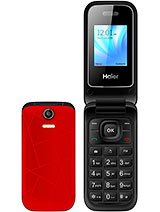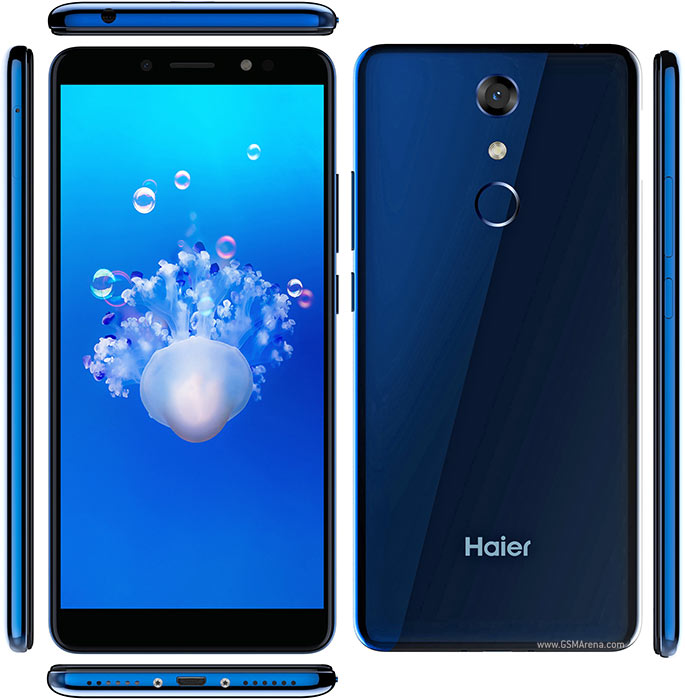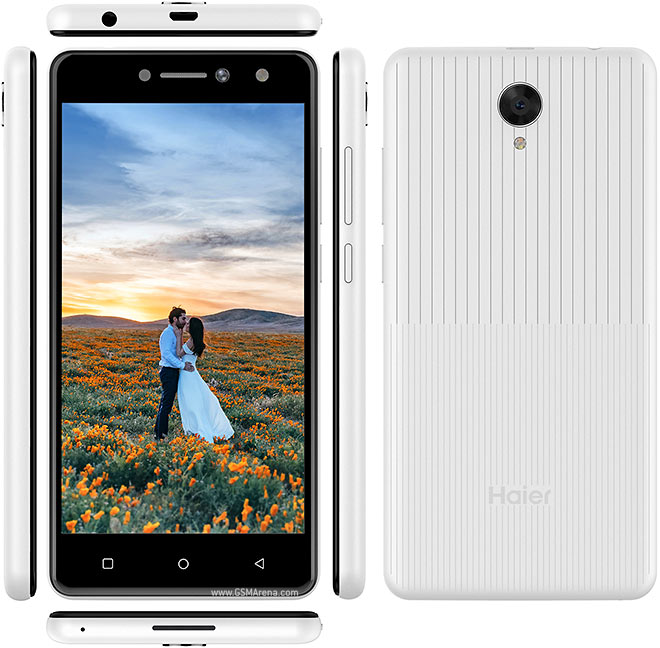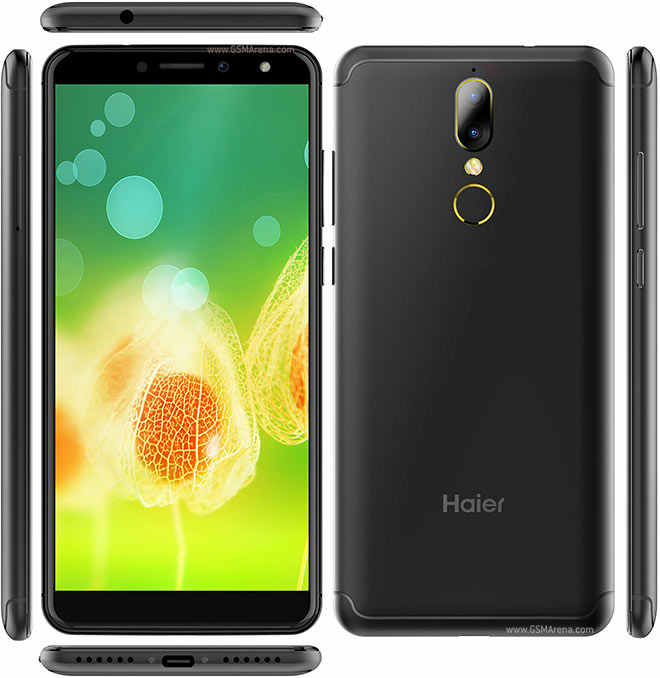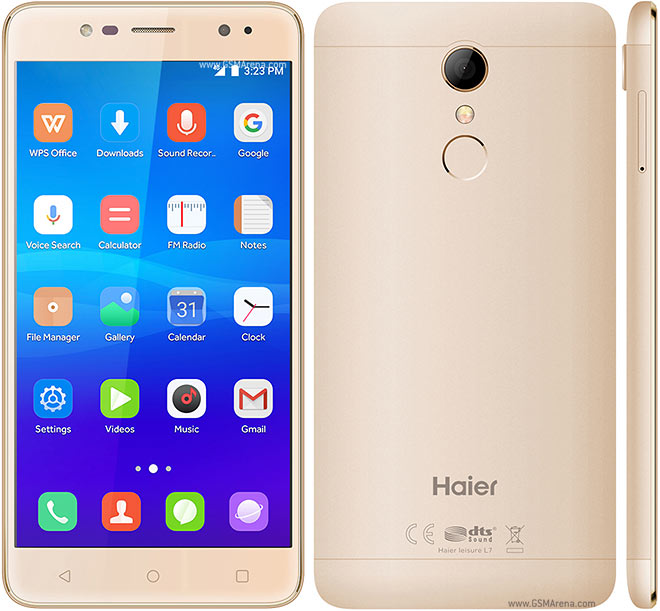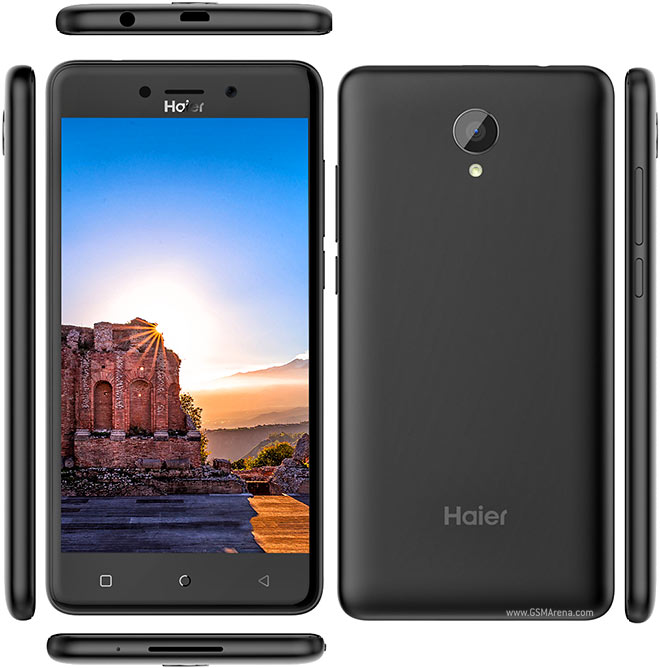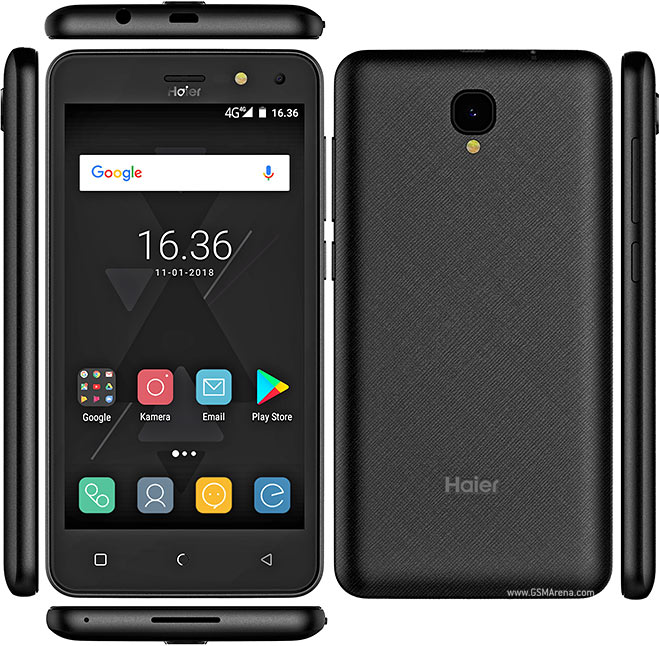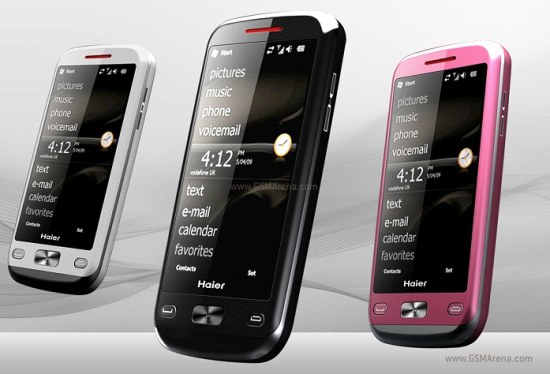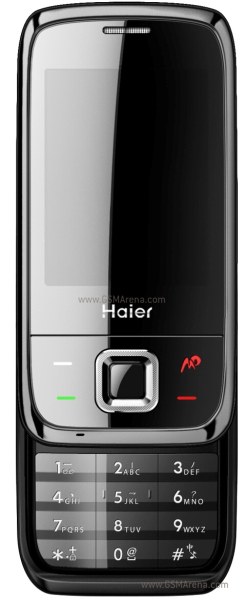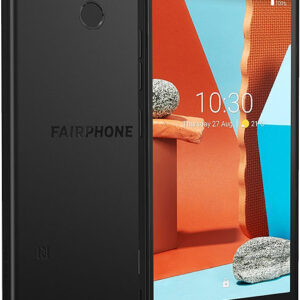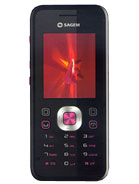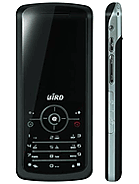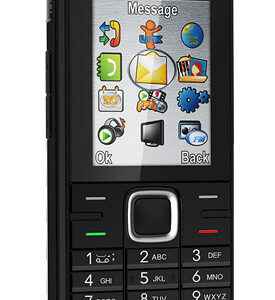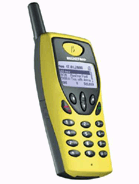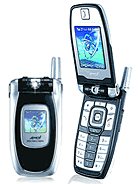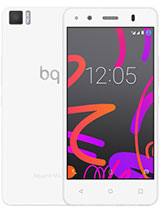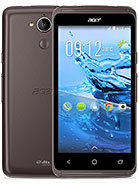Haier N60 Overall Review
The Haier N60, announced in Q1 2005, is a classic example of early smartphone technology, blending functionality with simplicity. It features a TFT resistive touchscreen with 256K colors, offering a vibrant display for its time. The 1.3 MP primary camera is indicative of the era’s mobile photography capabilities, suitable for basic photo-taking needs.
With a storage capacity of 60 MB, the Haier N60 caters to the essential requirements of storing contacts, messages, and a modest number of media files. Its expandability via an SDIO/MMC slot was a notable feature, allowing users to increase storage according to their needs.
The 900 mAh battery highlights the device’s capability to provide service throughout the day, although usage patterns today would likely demand more power. This model runs on a Linux-based platform, setting it apart from many of its contemporaries and offering a unique user experience.
Haier N60 Pros and Cons
Pros:
- The TFT resistive touchscreen was innovative for its time, providing users with a tactile feedback experience.
- Expandable storage via an SDIO/MMC slot, allowing for additional space for files and multimedia.
- The 1.3 MP camera, while modest by today’s standards, enabled basic photography.
- Running on a Linux platform offered a distinct alternative to the dominant operating systems.
Cons:
- Limited internal storage capacity of 60 MB, quickly filled by modern standards.
- The 900 mAh battery may not suffice for more than basic usage by current expectations.
- A 1.3 MP camera is now considered significantly outdated for photography.
- The resistive touchscreen technology is less responsive compared to modern capacitive screens.

